There is a movement occurring in America today that harkens back to a bygone age. An age where everything was handmade and there was pride in the work done by the sweat of a brow. This was an America many told stories of; this was an America many dreamed about.
But somehow that American dream faded.
This dream was replaced by a generation that sought to make goods cheaper, quicker, and more easily accessible to the masses. Being “American Made” used to be a source of pride, but this new generation now made products by outsourcing their production overseas. This gave many an impression that capitalism superseded nationalism.
Then something happened: there was push back from the next new generation of Americans. The Millennials, as they’re sometimes called, sought the artisanal way of life. They wanted to experience a life where what they created was seen as a labor of love, as well an art form and a key component in building community. No one knows for sure where this change occurred — music, art or food—but it is not a trend, as some like to say. It’s a lifestyle movement pursued by a generation in search of passion, meaning, and a sense of community.
Enter in Ryan Berk.
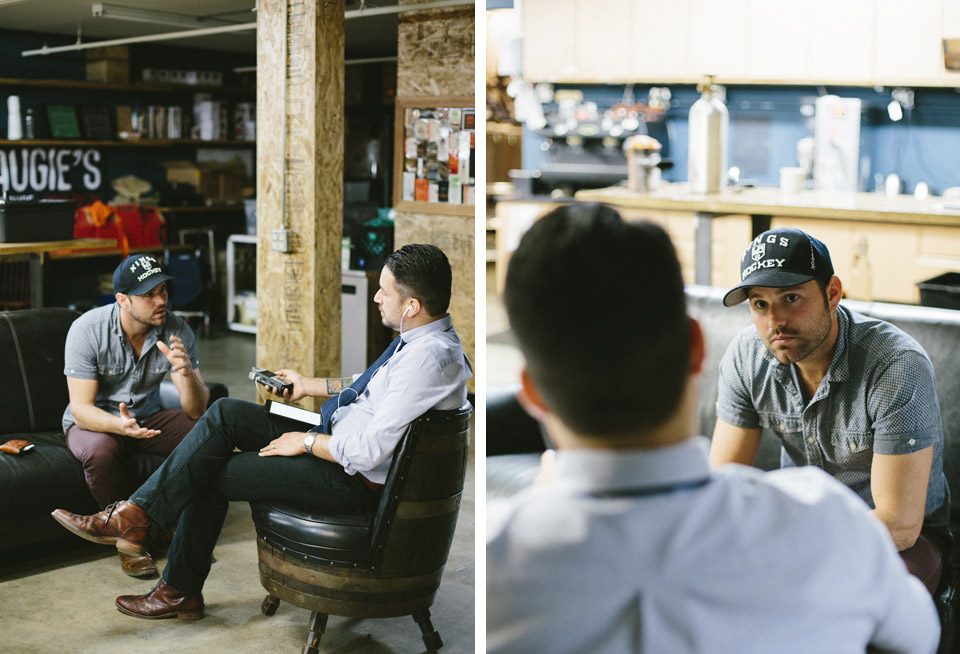
Ryan, is the owner of Parliament Chocolate, a small batch chocolate company in Redlands, CA, producing some of the most delightful, tasteful, and aesthetically pleasing chocolate bars and confections. Finding success with his first business, à la minute — an ice cream shop that uses liquid nitrogen to freeze dairy into ice cream — Ryan and his wife, Cassi, decided to open up Parliament Chocolate in December of 2013.
With the support of his family and the Redlands community, Ryan is realizing a dream and is part of a generation rising up to take their place in society. This is his story. This is his contribution to the culinary world.
This is Ryan Berk of Parliament Chocolate.
Where did you grow up?
I was born on Christmas Day in Loma Linda, CA, but I grew up in the greater Redlands area—Loma Linda and Yucaipa. My father was a doctor, a psychoneuroimmunologist, more specifically, and later he became a professor/researcher, studying laughter.
Did the environment you grew up in influence and/or inspire your love for food and chocolate?
I attended a Montessori High School that was really forward-thinking in terms of education. One of my first experiences with food occurred during my time there. We had our own farms to tend to and upkeep. We were able to learn how to properly care for the crops. This gave my classmates and I an understanding and respect of where the food was coming from. This, in turn, had a profound effect on how I approached food. It was the realization that a meal had a deeper meaning than just being consumed at the table. It has a story that starts from the land to the hands of the farmer then onto me. Truthfully, this is where the soul of our food comes from. I feel I have a great responsibility to honor and respect the food and the farmer, and turn it into a product of value and worth. From that point I wanted to become chef and expand my knowledge and understanding of the culinary world.
How did you feel the first time you were in a kitchen?
Overwhelmed! I started at 15 as a dishwasher at a local Thai restaurant. I ended up working my way into cooking. I just remember it being insane—the heat of the kitchen, the language barrier, and my youthful naiveté. As time went by I was able to learn quite a bit about the dishes, words in Thai, and I reached the point where I felt a sense of understanding and belonging. This was my first real awareness of culture outside of my own. It heightened my appreciation for the world at large and showed me that food has the power to ignore borders and become a liaison for bringing people together.
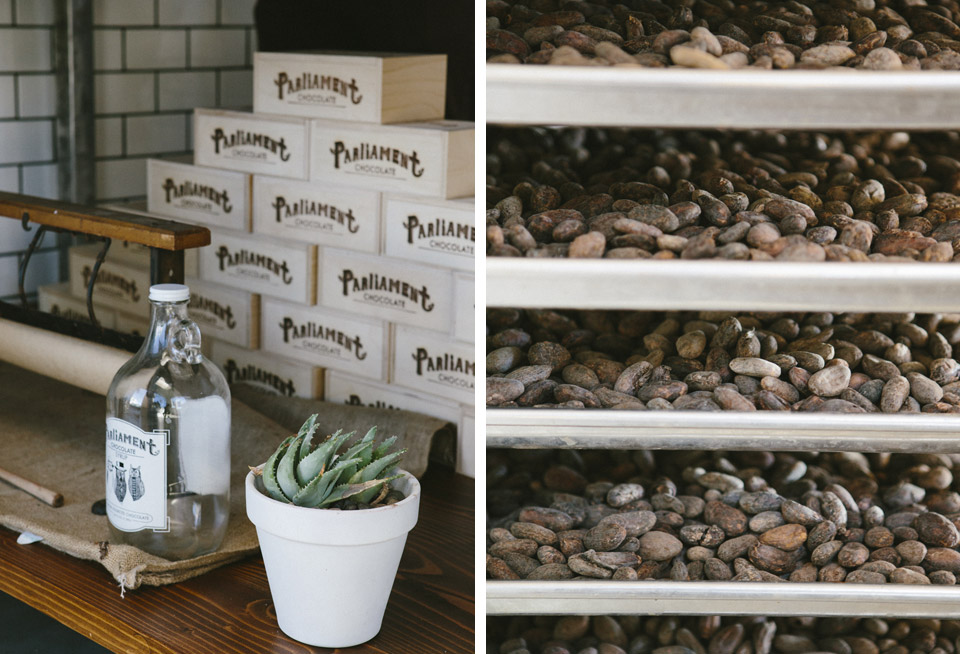
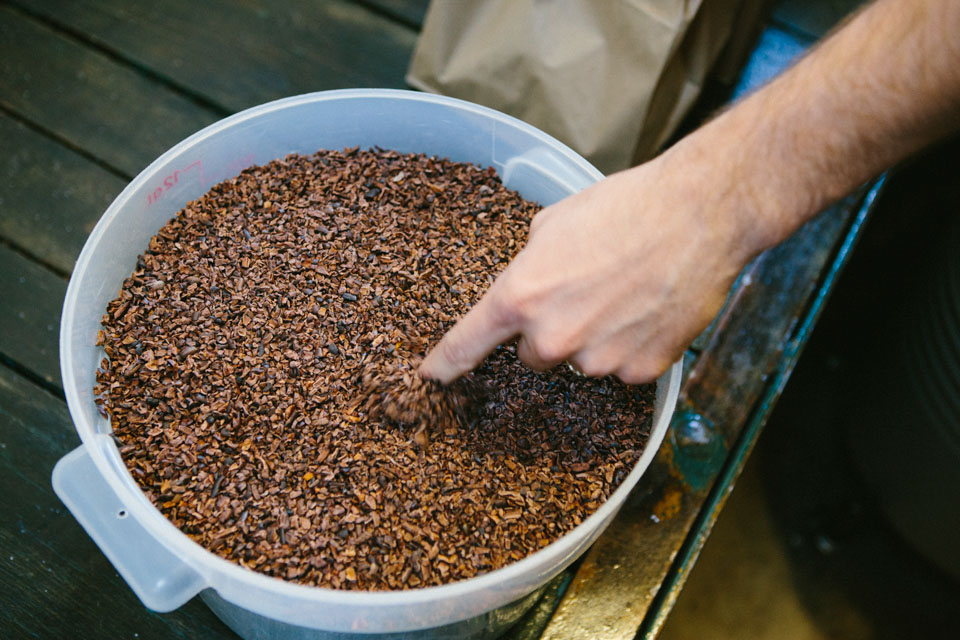
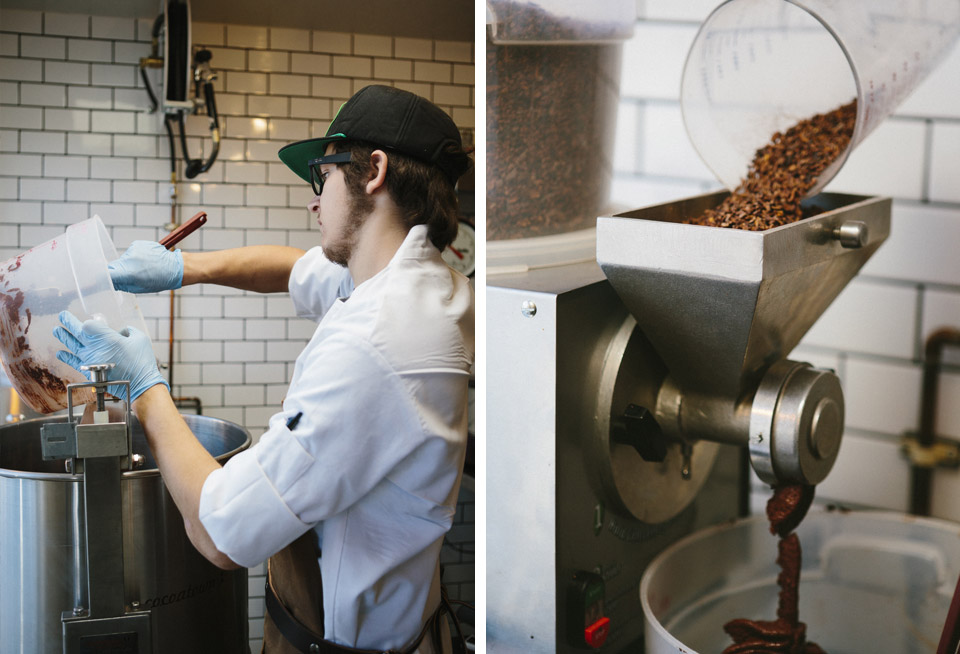
At what point in your life did you know you wanted to pursue chocolate making?
I can’t really say I had an epiphany—it was just the natural progression of pursuing food in general. With my early experiences on the farm and at the restaurant, I became fascinated with understanding the process—a farm-to-table sort of feeling. I have a curious nature about myself that makes me wonder, “where does this tomato comes from, or the bun for your burger?” Every detail of the process is beautiful to me and it ignites a passion inside me for food.
With my first venture, à la minute, I was constantly pursuing creative and inspiring ideas to create a wonderful experience for the customer. About a year and a half ago, I decided to order cocoa beans off the internet. Then I bought a little refiner—another necessary component in the chocolate making process—and made my own chocolate.
I was amazed at how flavorful and abstract it was compared to commercial chocolate. I instantly fell love with the idea of making it!
Your approach sounds very similar to that of an artist, designer or composer—you’re a passionate, creative purveyor of culture. Would you consider yourself a food artist?
Yes! For me, food is my expression, and an extension of my inner creativity. I consider it my art. As with any creative process, it starts with an idea—what do I want to achieve and how do I get there. For me it was, “What do I envision the taste of Parliament Chocolate to be?”
Personally, I want to create a product that is reflective of where it came from. I want to identify the characteristics of the farm—the environment, the people, the profiles, as well as the fermentation process. As we proceed further we try to specify the flavors of the bean. We want our flavor to be pleasing to the palate. Therefore, our roasting profile is considered medium.
At that point, we take the product and run it through various procedures where we are constantly testing, measuring, and tweaking. This led us to our formula of 70% cocoa to 30% sugar. What this means is 70% of the product is the nibs and the 30% is the sugar we add to it. This is the formula that we use straight across the board. The only outside ingredients we add are to the confections.
To say the process is long is an understatement, but we see it as a labor of love. I often feel like a conductor of an orchestra. I am working with all these individual components and bringing them together to create a finished product that reflects on my initial intention, my talents, and my abilities. When all the pieces come together as designed it becomes a piece of artwork—my successful conducted piece. To me, my chocolate bar is my piece of art that not only tastes good but reflects well on the culture that it originated from.
Personally, I want to create a product that is reflective of where it came from. I want to identify the characteristics of the farm—the environment, the people, the profiles, as well as the fermentation process.
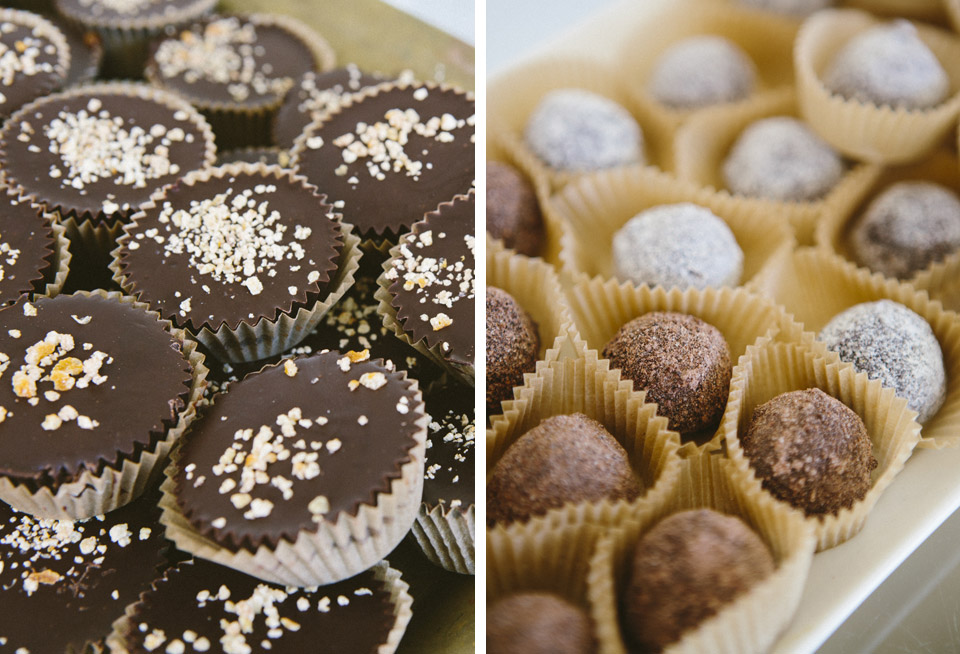
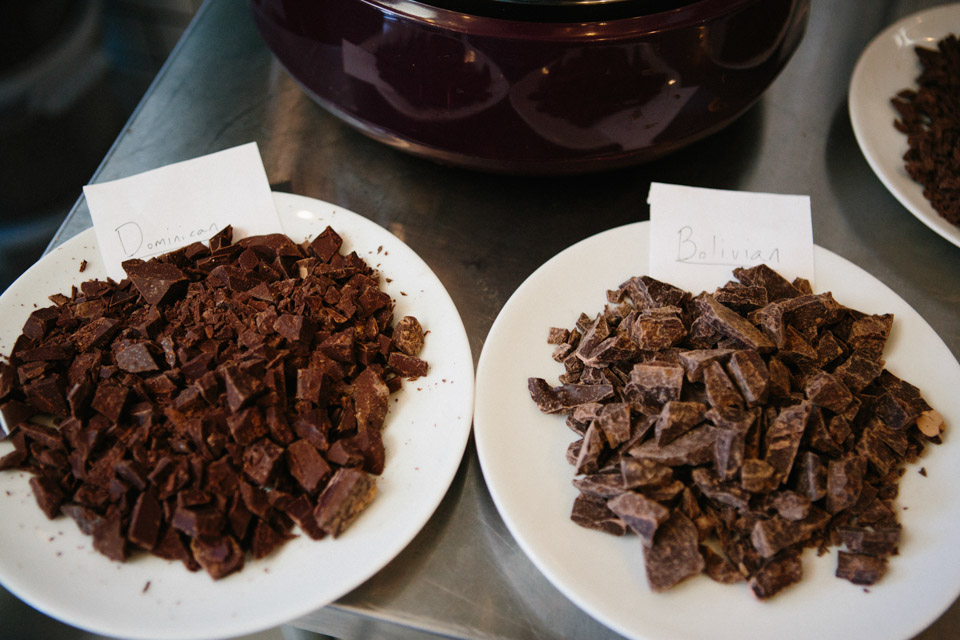
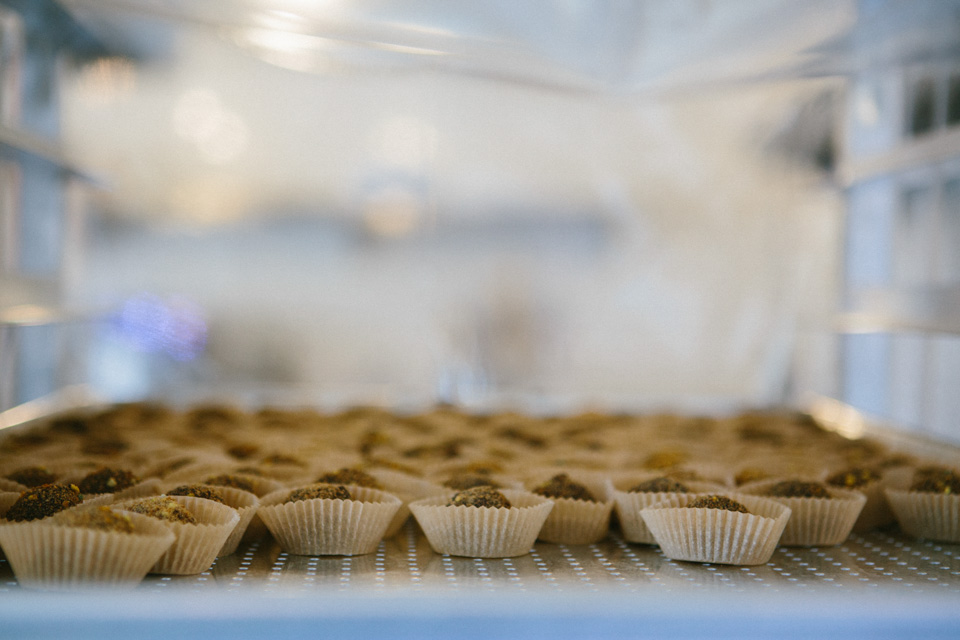
Were there any times that you felt frustrated, defeated and/or challenged to not continue this process?
With anything that you love you are always going to come across a period of frustration. Love is the good, the bad, and the ugly, but it is the frustration or challenges that push me forward. Why? I love hurdles. I love to have to defeat something and make sure it is produced correctly and beautifully in the way I envisioned it.
We admire the drive you have! It is intoxicating and inspiring. That perseverance paid off with the opening of Parliament Chocolate. What is the story behind the name?
The building we presently occupy was built in the 1930’s. The business that was there at the time was called the White Owl Café. There was something about the history of the building and owls in particular that intrigued me. In my research I discovered that Parliament was actually a group of owls also known as a parliament of owls. It was providential! I saw the success of my business only occurring if I surrounded myself with a community of people I admired and respected. The name Parliament embodies that spirit. A sense of community—from the farmers, to myself, to my employees. We are all in this together.
To further solidify this idea we commissioned local artist, James McClung, to create the visual brand for Parliament. We wanted to utilize the owl theme and further highlight the sense of community. He designed a specific owl to each region that our beans were sourced from. We wanted to identify and honor the relationships we’ve made with the farmers and to show that none of this would be possible without them.
Speaking of the farmers, are there any stories you would like to share from your sourcing trips?
I do have one. Recently we traveled to Guatemala. We were in one of the main cities and had to drive eight to nine hours into the rainforest to meet with a village. This village was so far removed from the city that they didn’t even speak Spanish—we had three different translators!
When we arrived, we came together with the village and enjoyed drinking chocolate, conversation, and community. For a minute I got lost in my mind and thought to myself about how amazing this moment was. Two worlds, with different cultural upbringings, sharing a moment and creating relationships and community. The unifying element being food—in our case, chocolate.
Finally, what does the future hold for Parliament Chocolate?
I want to keep it small. I want to be a part of every aspect of the process. From the Earth underneath my feet in Guatemala, to cultivating relationships with the farmers. I want to hold the cocoa beans in my hands and deliver a quality product to the hands of my customers. I don’t want to take over the industry, I just want to tell a beautiful story—from bean to bar.
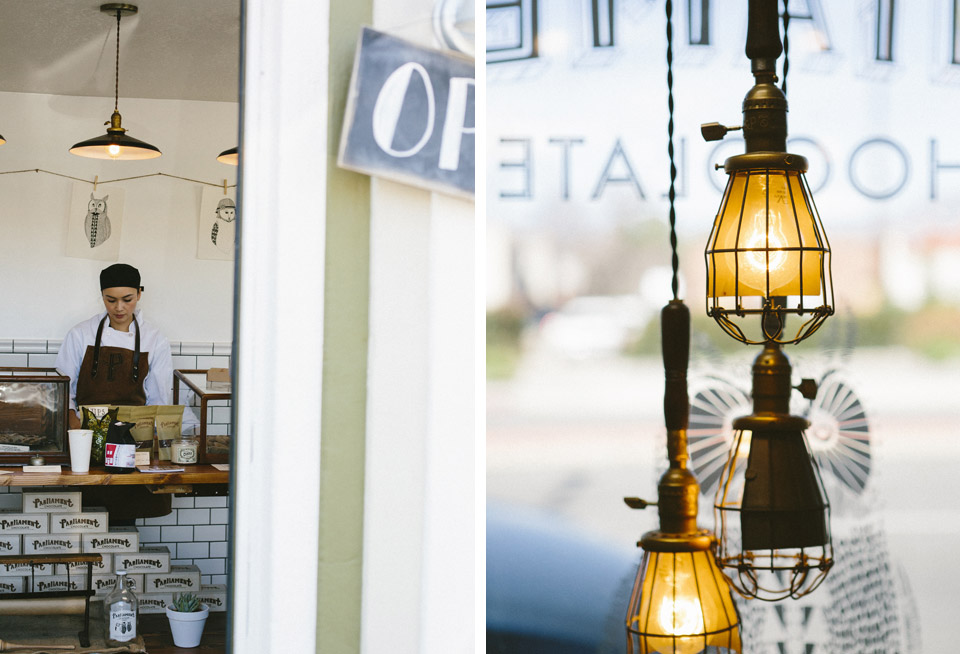
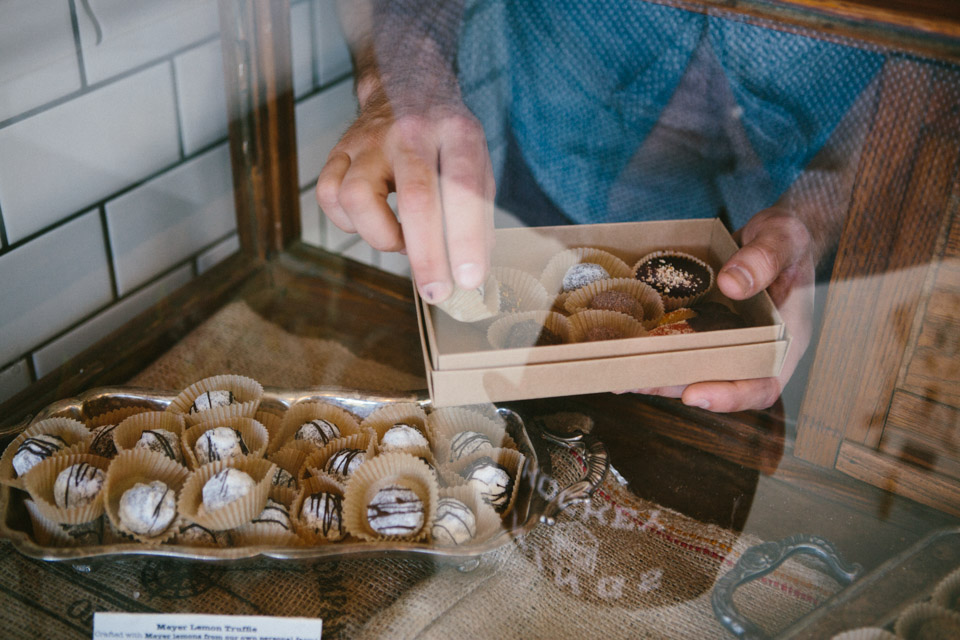
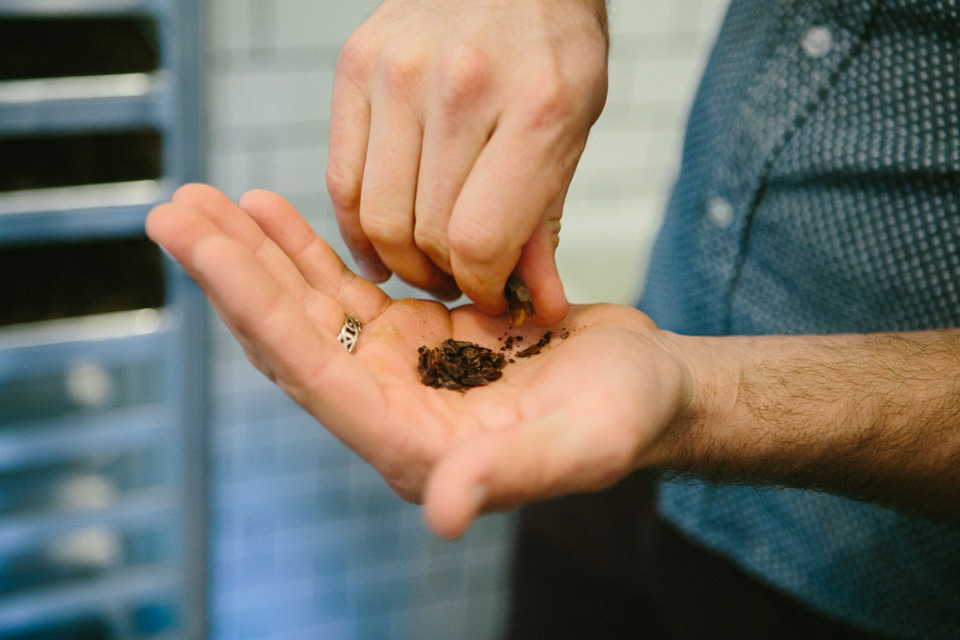
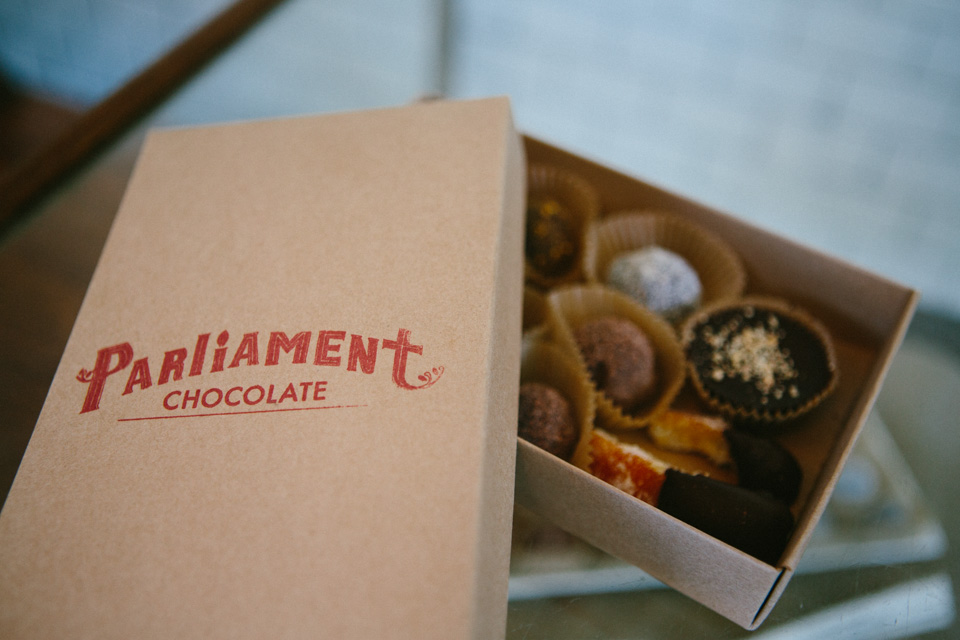





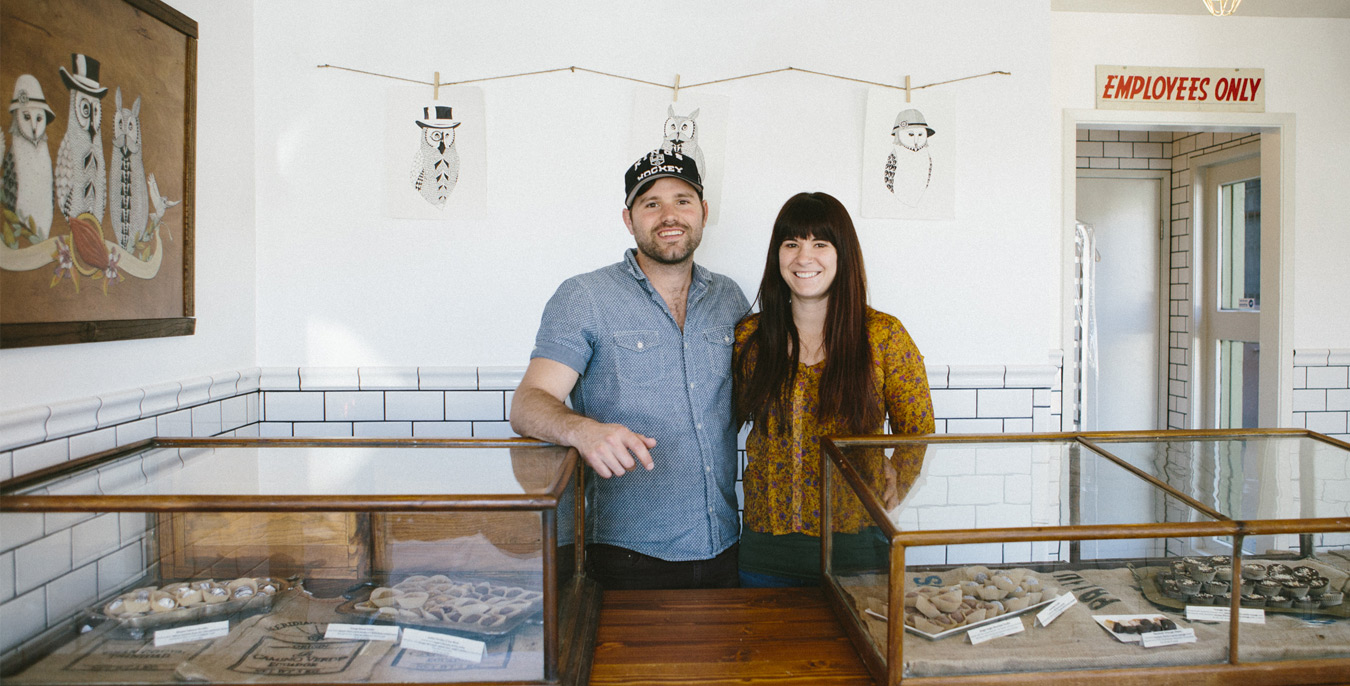

Our comments section is for members only.
Join today to gain exclusive access.